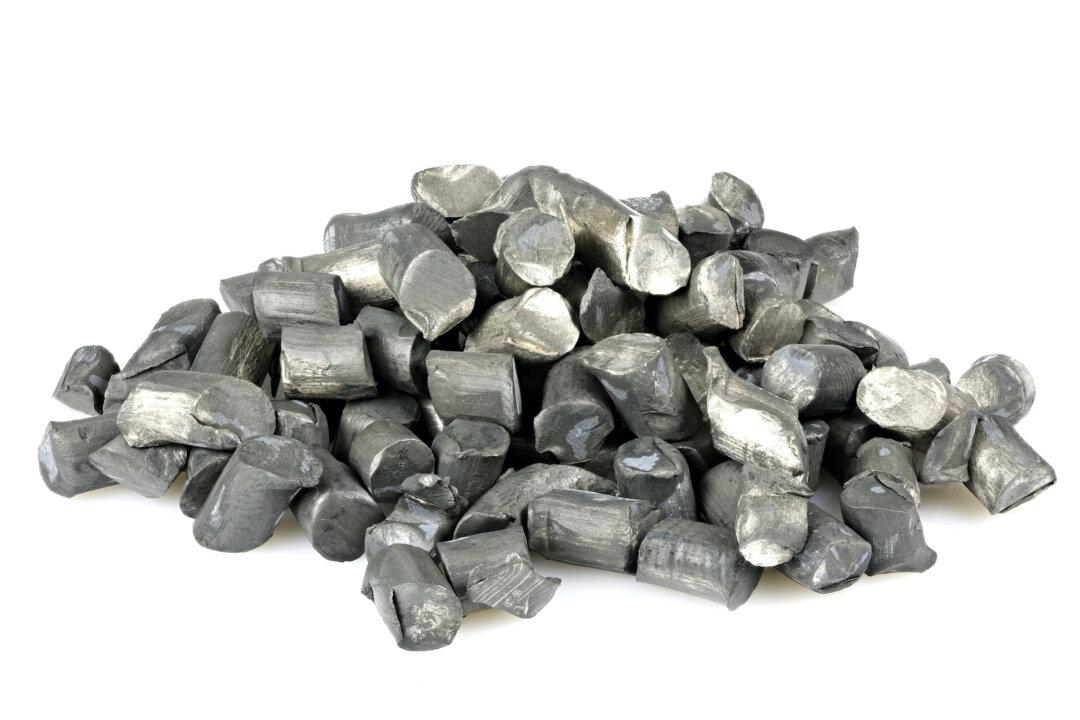Dr. Walter Brown begins his 2020 book “Lithium, a Doctor, a Drug and a Breakthrough,” by asking, “What do Abraham Lincoln, Winston Churchill, and Ernest Hemingway have in common?” The answer is bipolar disorder, previously known as manic-depressive illness.
Bipolar disorder is a serious mental illness characterized by extreme mood swings, including extreme excitement (mania) phases and extreme depressive feelings.






